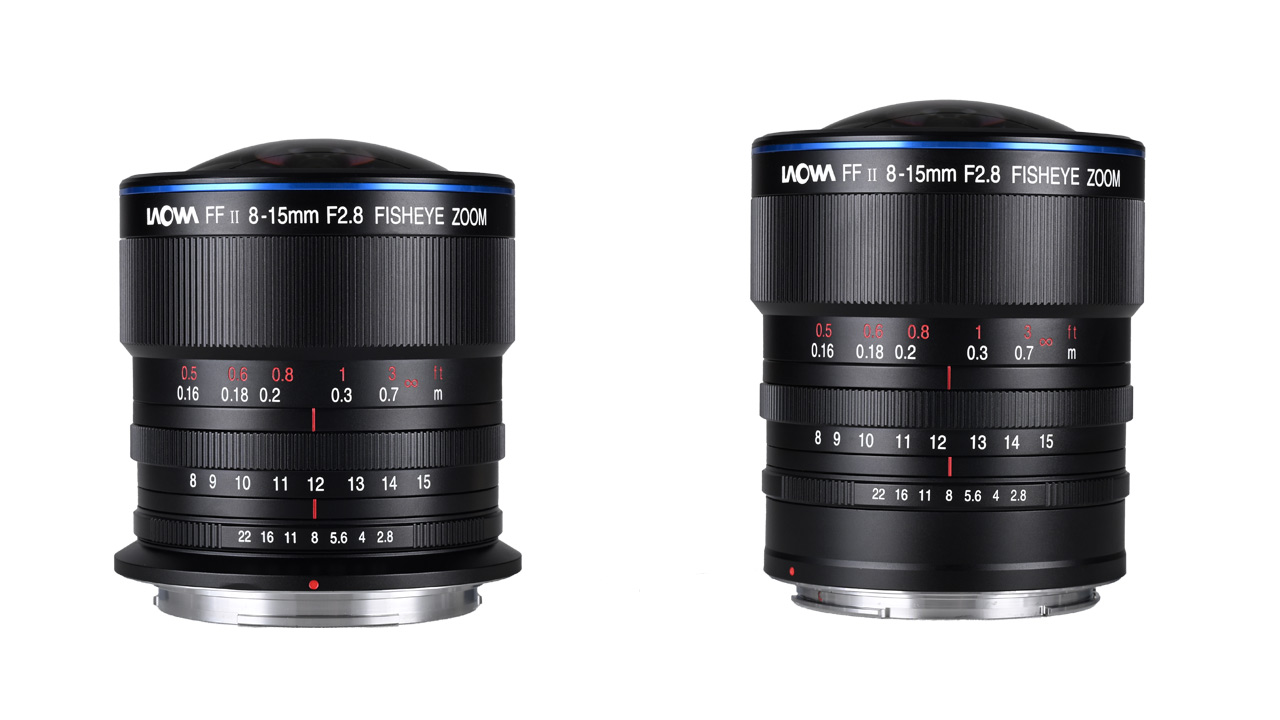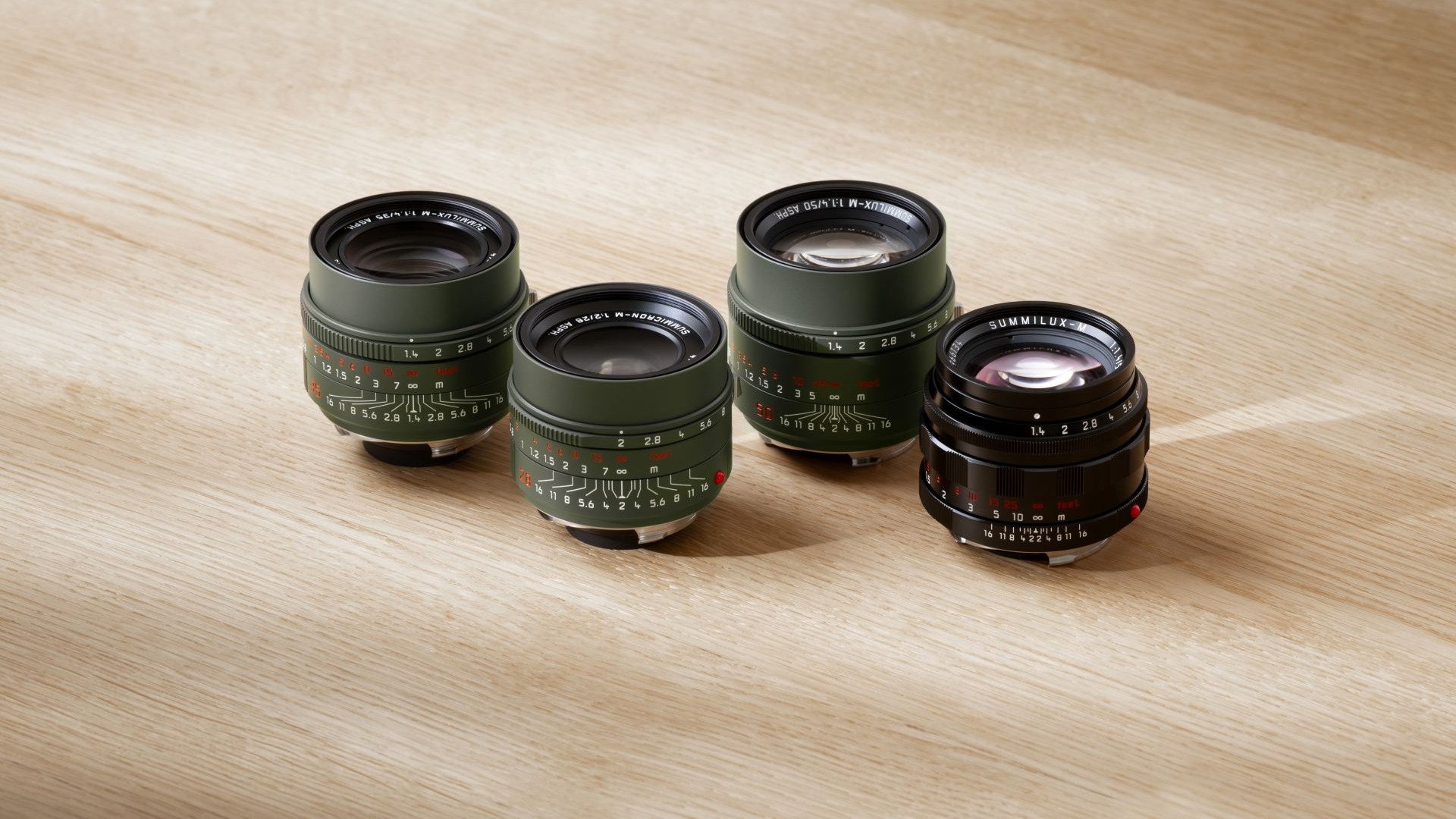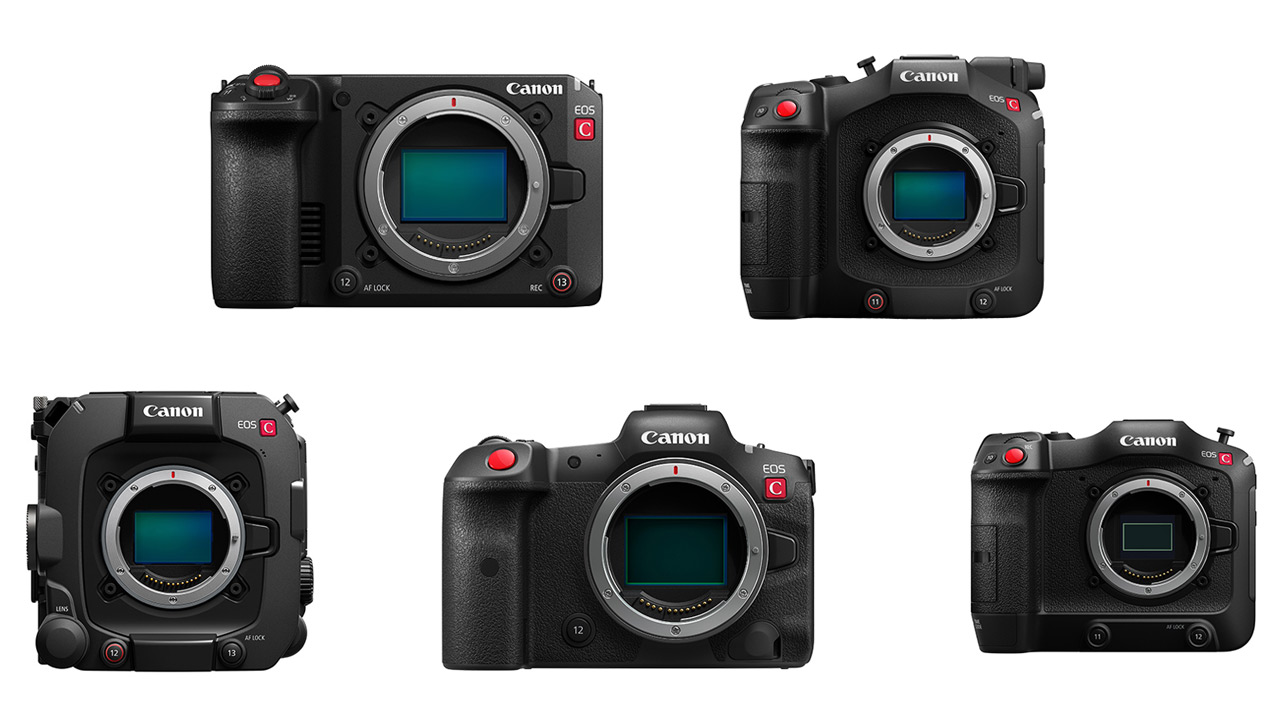You may have heard about Global Shutter a lot over the past months, with cameras like the Sony A9 III or the RED V-RAPTOR 8K featuring the amazing technology. But what is it exactly? How does it work? And do you even need it? Let’s find out.
What is Global Shutter?

Traditional shutters capture light sequentially, meaning that each line of pixel, one after the other, is read. A global shutter however will capture the entire sensor at the same time. That’s pretty much the big difference in terms of functionality between the 2 types of sensors. But why does it matter?
Because traditional shutter capture the pixel information sequentially, there is a delay between the first pixel being read and the last one. Now if your subject moves faster than this delay, or if you move faster yourself, there can be some weird distortion that happens and give some undesired effects on your pictures or videos. Global shutter solves this problem by reading the whole sensor at the same time, fixing the frame in time and solving all those distortions.
Why Not Put it in Every Camera?

Despite its advantages, Global Shutter is not yet standard in all cameras due to its higher manufacturing costs. The technology behind it requires specialized sensors, often stacked sensors, which allow for a faster readout of data. Stacked sensors are basically like traditional sensors BUT they include a layer of electronics embedded in the sensor itself to buffer and accelerate the processing of the data. This is what enables the fast parallel readout of the sensor BUT it does increase the cost of the sensor drastically. Which is why you only see, at the moment, this kind of sensor in high end cameras.
Examples of Cameras Implementing it
Leading camera manufacturers like Blackmagic, Sony, and others have integrated Global Shutter technology into their products. Cameras such as the Blackmagic URSA Mini Pro 12K, the RED V-RAPTOR 8K, and Sony A9 III showcase the capabilities of Global Shutter, providing professionals with distortion-free imaging in challenging conditions.
Other advantages of global shutter

Now this is not the only advantage to global shutter. If you ever worked with flash, you know that due to the curtain closing speed, your camera typically has a maximum shutter speed at which it can synchronize with your flash. If you go over that speed, you will basically see part of the shutter closing with a dark area on your frame. As global shutter does not need a curtain anymore, you can go over that limit and be very creative with fast moving subjects and flash photography.
Now, also because you don’t need a curtain closing anymore, you can remove one component of the camera, which happens to be the one that often breaks first, making your camera more robust and typically last longer.
Who Needs Global Shutter?
If you are someone who work in wildlife, sports, or if you are a filmmaker who needs that distortion free image then global shutter might be for you. However most people don’t really need it. But as technology advances and production costs decrease, it has the potential to become more widespread. With time, if they become more affordable, it could eventually replace traditional shutters, which are often the first components to fail in a camera. This shift could lead to more reliable and durable camera systems, benefitting professionals and enthusiasts alike.
And we at Pronews Global, are looking forward to this.












